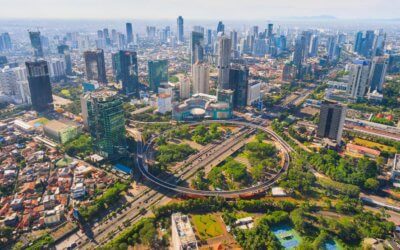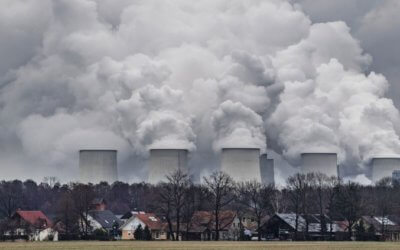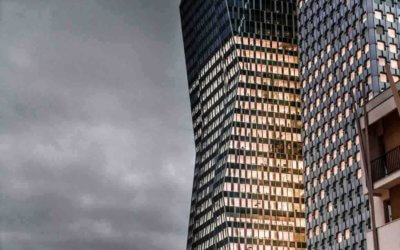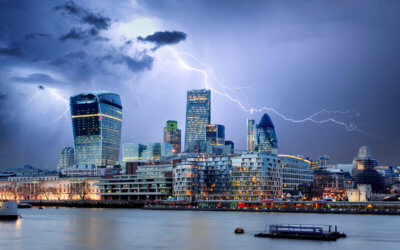Asia House hosted a fantastic session on sustainability yesterday morning, hosted by some of the key people in sustainability running huge companies, from Nestlé, Standard Chartered Bank, Accenture, Temasek and Air Asia Company Limited to name a few. But it was the...
Indonesia: A Dynamic, Energetic, and Engaging Country Beyond Our Expectations
What an unbelievable week at the UK-Southeast Asia Tech Week 2023… Thank you to the Department for Business and Trade and Udai Panicker from Tractus who have delivered an incredible trade mission, where us and the 11 other selected companies have been given the...
The Countries taking Climate Change Seriously, and Those who Don’t
The world is currently on a precipice when it comes to climate change, I sound like a broken-down record player at this stage, but it’s frustrating the talking that’s happening and the lack of action. Behind us, there are the countless mistakes of the past that has...
These Are the Cities Focused on Climate Goals
Last week, we talked about how there are concerns that the UK is not moving fast enough to achieve our net-zero targets. The government’s repeated stalling has set us back considerably. What are the cities focused on making a big difference? It is important to seek...
Exploring New Regulations at the BIM Academy Building Safety Breakfast
Following on from the tragedy of the Grenfell Tower fire, these are the regulations that buildings are going to need to adhere to in order to keep people safe.
Net-Zero or Do-Zero, What Are You Doing?
The truth is, we have known about climate change for a long while. But look in the mirror before being outraged.
How Occupancy Data Can Transform Your Building
Occupancy detection and reporting is one of the most praised tools when it comes to smart building technology.
Happy New Year from Unifi.id and a Look Back at 2022
As we continue to travel towards more technological heights, let’s take a look back at the achievements we made during 2022 – an eventful year for sure.
A Review of COP27 – The Good, The Bad, and The Ugly
We are going to break down the good, the bad, and the ugly from the conference and see how we have progressed since COP26 in Glasgow last year.
The Perfect Storm for the CRE Sector
The CRE needs to rapidly shape up if the world is to have any hope of achieving its net-zero targets.










